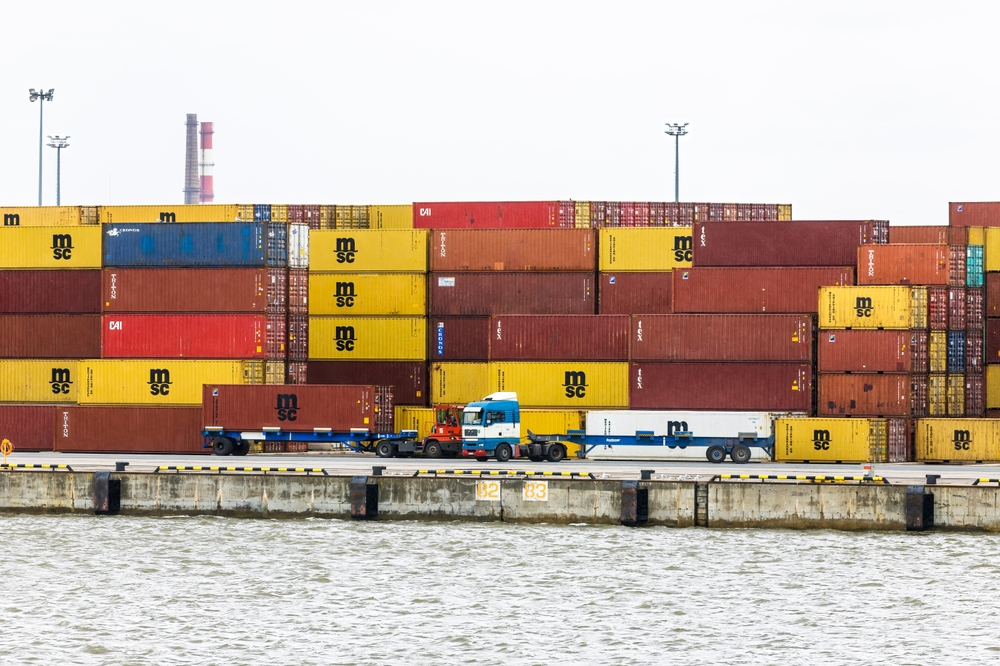The U.S. economy is facing significant disruptions as an estimated 45,000 dockworkers from the International Longshoremen’s Association went on strike this week. The strike, affecting 14 key ports from New England to Texas, could cost the country up to $4.5 billion per day, according to JP Morgan estimates. These ports handle over 68% of U.S. imports, making the economic stakes particularly high as retailers and other industries brace for supply chain disruptions.
As shipping rates and transportation costs rise due to the strike, economists warn of a potential resurgence in inflation, which could force the Federal Reserve to reconsider its plans for further interest rate cuts.
The Longer the Strike Persists, The Greater the Economic Impact
The potential economic fallout is vast, with estimates ranging from $3.8 billion to $4.5 billion in daily costs. Oxford Economics projects that for every week the strike continues, the country’s economic growth could be reduced by 0.1% on an annualized basis. “The economic consequences of the strike will ratchet up the longer the strike persists,” said Elise Burton, an analyst at Moody’s Analytics.
Despite calls for intervention, President Joe Biden has declined to invoke the Taft-Hartley Act, which could force an end to the strike. “Collective bargaining is the best way for workers to get the pay and benefits they deserve,” Biden said in a statement Tuesday, signaling his administration’s support for negotiations over federal intervention.
A Possible Inflation Surge
The last time the U.S. experienced a significant port strike was in October 1977, when inflation spiked after a 44-day work stoppage. Inflation had been stable at 0.3% month-over-month until the strike drove the rate up to 0.5% in November 1977. With inflation already a key concern for the Federal Reserve, the current strike could have similar effects, particularly as businesses struggle with increased shipping costs and delayed deliveries.
In August, the Fed’s preferred measure of inflation was approaching the central bank’s goal of 2%, a sign of progress after more than two years of efforts to tame pandemic-related inflation. However, the ongoing strike could disrupt that progress, especially if supply chain bottlenecks persist.
Federal Reserve’s Rate Cuts in Jeopardy?
The Federal Reserve recently cut interest rates for the first time since the pandemic, and futures traders had predicted more cuts before the end of the year. However, economists like Matt Colyar from Moody’s Analytics warn that the strike’s impact could give the central bank pause. “Elevated shipping rates, transportation expenses, and other cost increases would eventually flow into consumer prices,” Colyar said. “This would undermine progress on inflation and could make the Federal Reserve think twice about additional interest rate cuts in the near term.”
As of now, futures traders predict a 60% chance of a 25-basis-point rate cut at the Fed’s November meeting, according to the CME Group’s FedWatch tool. However, if the strike drags on, those chances could quickly diminish as inflationary pressures build.


